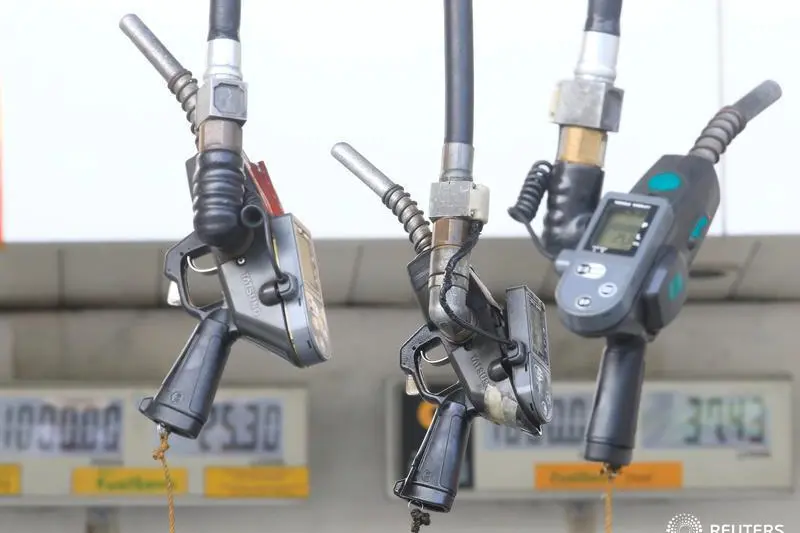PHOTO
(John Kemp is a Reuters market analyst. The views expressed are his own)
LONDON- The volume of traffic on U.S. highways has stopped growing, and with it gasoline consumption, as rising prices curb driving behaviour.
Traffic volumes in July were 0.3 percent lower than a year earlier, after seasonal adjustments, according to the Federal Highway Administration.
Traffic growth has been negative in two months so far this year, the first readings below zero since the start of 2014, ("Traffic volume trends", FHWA, September 2018).
Volumes were up by less than 0.3 percent in the three months from May to July compared with the same period a year earlier, down from annual growth of 2-3 percent throughout 2015 and 2016.
There has been a correlation between traffic volumes and the cyclical rise and fall in oil and gasoline prices since at least the early 1990s.
The sharp decline in oil prices between the middle of 2014 and early 2016 provided a tremendous fillip to vehicle use.
But as oil prices recovered over the last 30 months, that stimulus has faded and traffic growth has slowed to a crawl.
The average cost of gasoline purchased by U.S. motorists surged by more than 55 percent between February 2016 and September 2018.
GASOLINE USE
U.S. government data on gasoline consumption shows a similar stabilisation as higher prices encourage motorists to curb their fuel use.
Gasoline consumption rose by just 18,000 barrels per day in the first half of 2018 compared with the same period a year earlier, despite strong economic growth and substantial job creation.
The U.S. Energy Information Administration predicts consumption will decline by around 10,000 barrels per day this year ("Short-Term Energy Outlook", EIA, September 2018).
If oil prices continue to rise over the next 12 months, as many traders and hedge funds expect, traffic volumes and gasoline consumption are both likely to turn increasingly negative.
The flattening of U.S. gasoline consumption resembles the run up to oil price peaks in 2007/08, 2011/12 and the first half of 2014.
In each case, the flattening of U.S. gasoline consumption preceded a sharp downward move in international oil prices after the market overheated.
If crude prices continue to climb in the remainder of 2018/19, global oil consumption growth will need to rely on increases from the freight market and emerging economies and become increasingly vulnerable to any economic slowdown.
(Editing by Kirsten Donovan) ((john.kemp@thomsonreuters.com; +44 207 542 9726 and on twitter @JKempEnergy))












